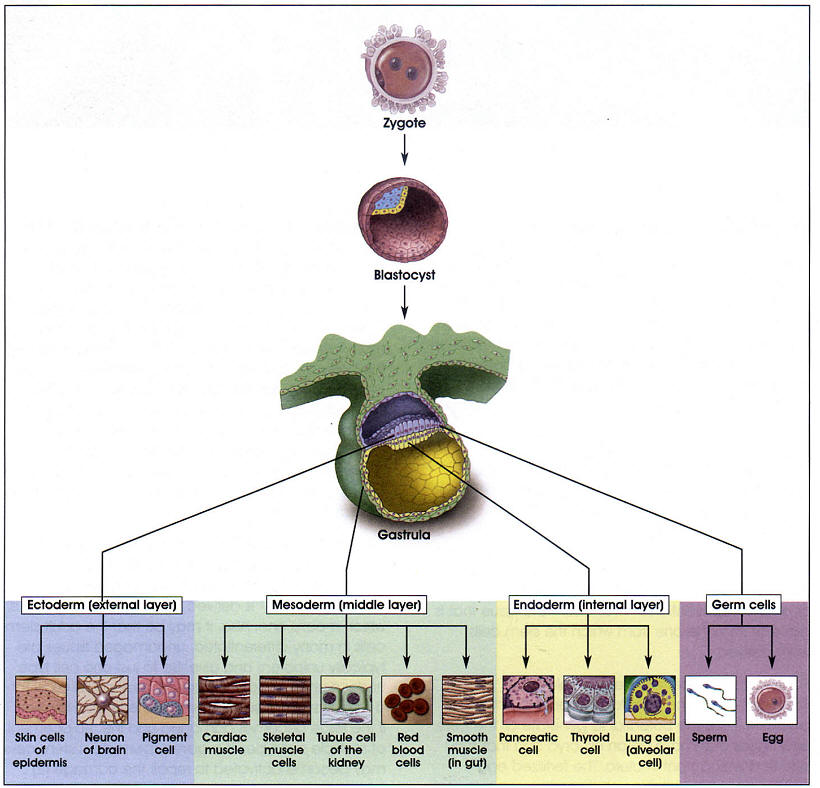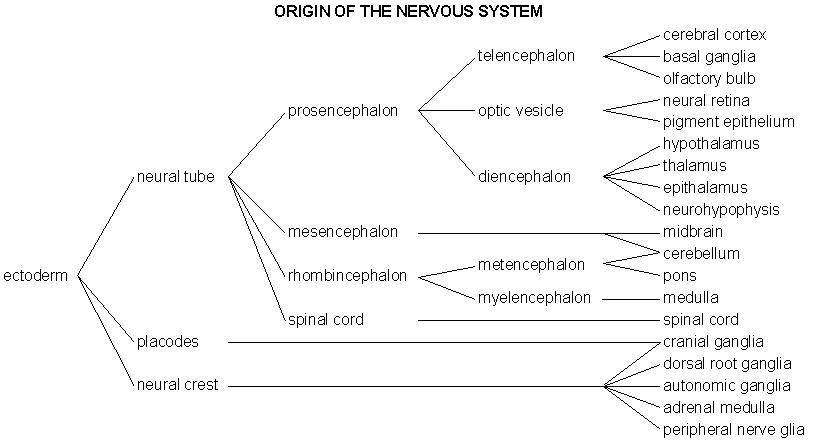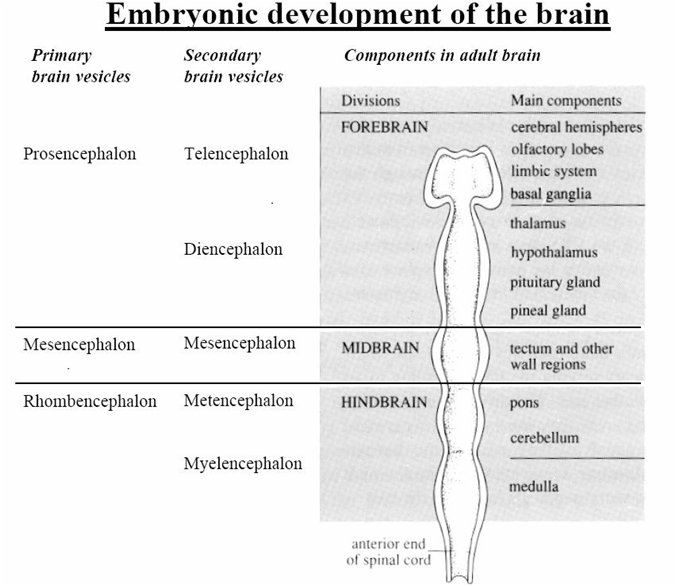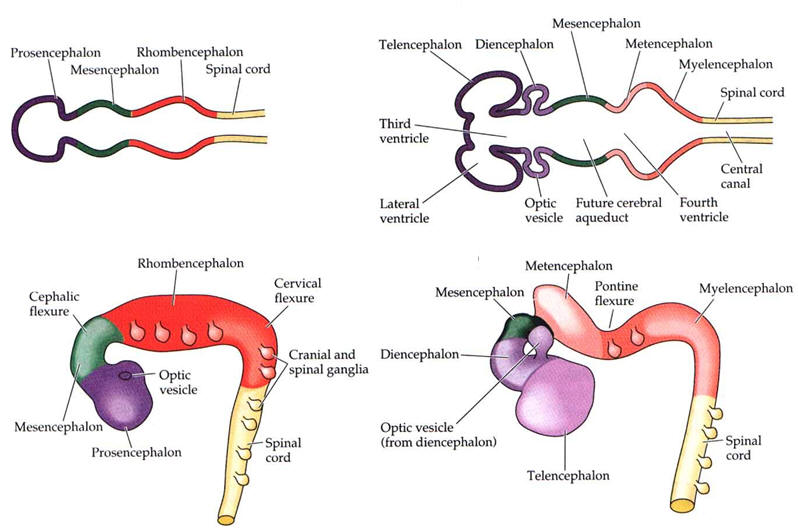
Figure 1. Differentiation of human tissues.
Neurulation is the formation of the hollow, dorsal neural tube, which gives rise to both the spinal cord and the brain. Once the neural tube has formed, the cells within the neural tube still must divide and then ultimately differentiate into cells with specific fates along the anterior/posteior and dorsal/ventral axis of the tube. The brain and the spinal cord both develop from the neural tube. The brain can initially be categorized into 3 regions (forebrain, midbrain and hindbrain), which are subsequently divided into the 5 functional units of the brain (telencephalon, diencephalon, mesencephalon, metencephalon, myelencephalon), and then further divided as development proceeds (see figures below).


